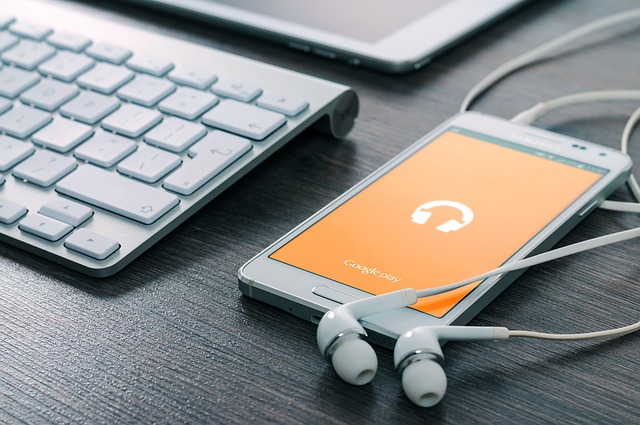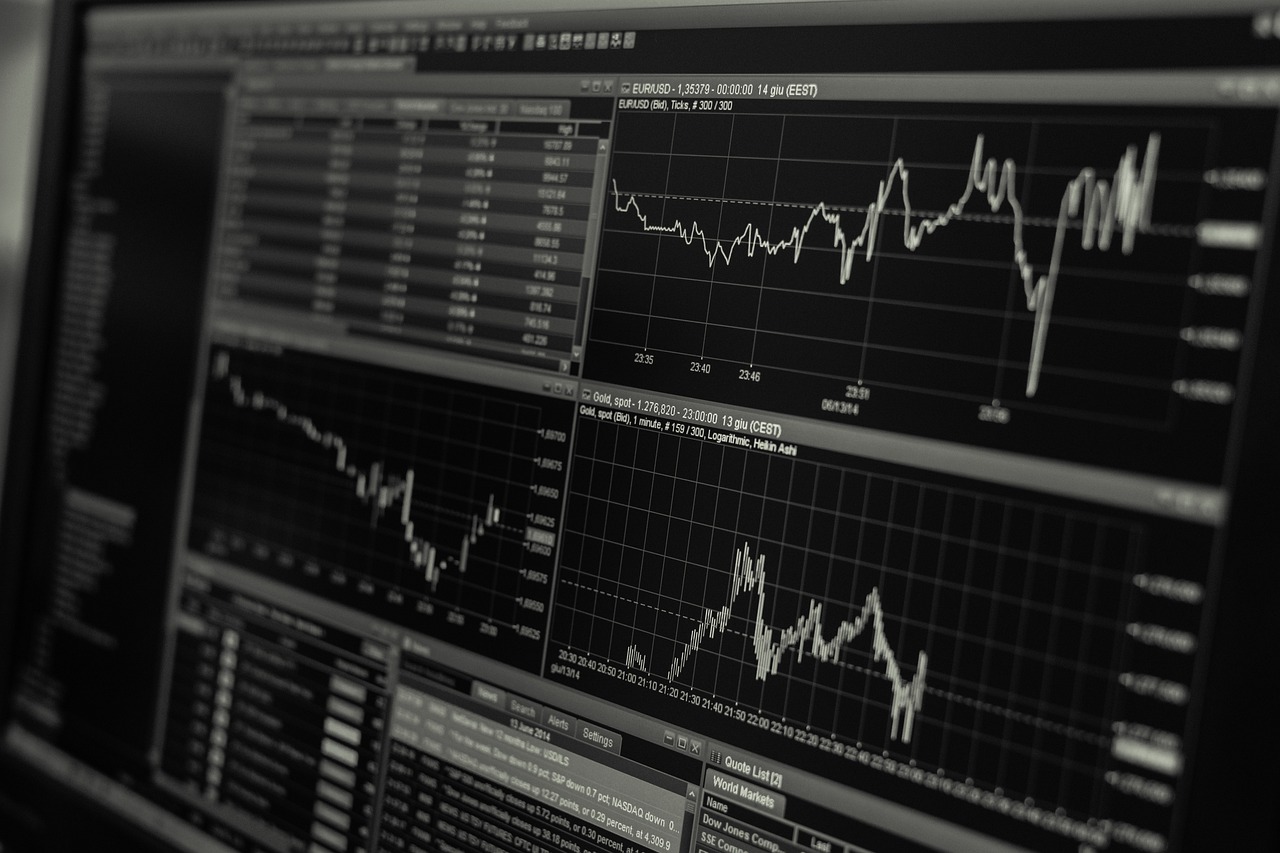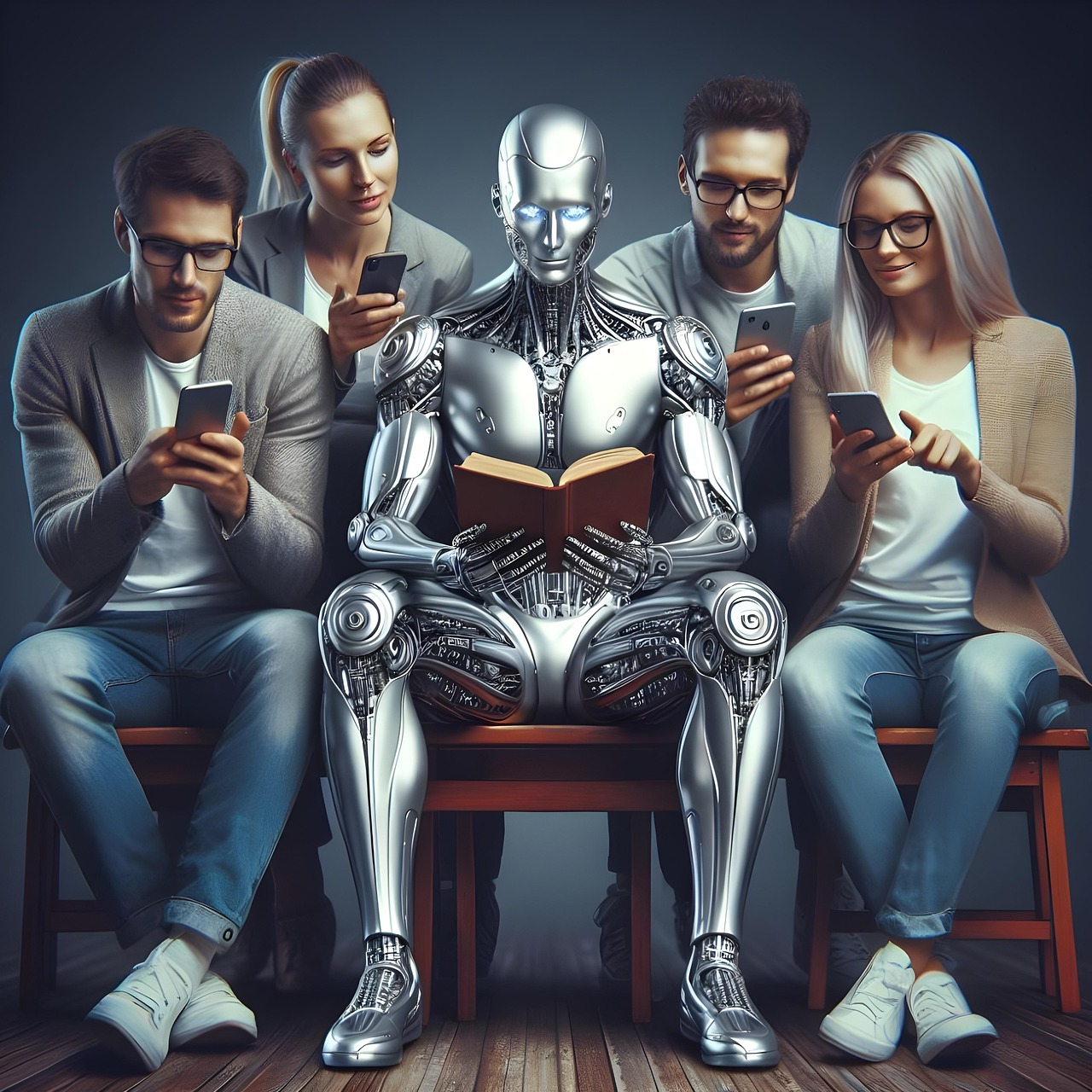
Global development and these remarkable creations laid the foundation for the advancement of further innovations that have reshaped the world. Each has played a role in altering our surroundings and flourishing throughout history.
Human history has been profoundly shaped by technological innovations that altered the lives of our ancestors and paved the way for the modern world. From the invention of the earliest stone tools and the wheel to complex machinery and contemporary technologies, countless breakthroughs have driven human progress. Below are some key inventions that fueled global development and growth.
Read more about Importance of artificial
Read more about Global development
The Printing Press
Invented by the German Johannes Gutenberg in the mid-15th century, the printing press allowed books to be produced in large quantities. This innovation facilitated the spread of ideas—particularly religious ones—the dissemination of knowledge, increased literacy, and the establishment of libraries across Europe. It was a pivotal development that accelerated the shift from the Middle Ages to the Renaissance. The first major work printed using this machine was the Bible. While the printing press replaced some manual labor, it also created a thriving industry for printers, booksellers, and authors.
The Steam Engine
The steam engine, developed by Scottish engineer James Watt in 1775, transformed transportation and manufacturing during the 19th century and fueled the First Industrial Revolution. It enabled economies to shift from primarily agricultural and trade-based systems to industrialized ones with far higher production capabilities. This invention led to locomotives, steamships, and the earliest automobiles, while also setting the stage for combustion engines and aviation. It reshaped employment and contributed to the rise of the middle class and urban centers.
The Light Bulb
Although Thomas Edison is credited with inventing the light bulb in 1880, many others—including Humphry Davy, Matthew Evans, Warren de la Rue, and Joseph Wilson Swan—had experimented with electric lighting before him. Edison improved on their work and popularized practical electric lighting, which became essential for homes and workplaces. This breakthrough extended working hours, Global development encouraged the development of power plants and household appliances, and spurred economic growth, earning it the reputation of being one of humanity’s most important inventions since the discovery of fire.
The Telephone
Alexander Graham Bell, a Scottish expert in speech and hearing (whose mother and wife were deaf), sought to enhance the telegraph and eventually succeeded in transmitting voice over distance. He patented the telephone in 1876, a device that revolutionized communication by allowing instant verbal interaction across long distances. Early telephone users had to manually connect calls, a process that Global development continued until telephone networks were established. Bell’s invention, a landmark of the Second Industrial Revolution, laid the groundwork for modern communication technologies, including mobile phones.
The Airplane
In 1903, the Wright brothers achieved the first powered flight with the Wright Flyer, piloted by humans. Their flight lasted only 12 seconds, but it marked a groundbreaking moment in aviation, inspiring future developments in aeronautical engineering. Their innovations paved the way for commercial aviation, with milestones like Charles Lindbergh’s solo nonstop transatlantic flight in 1927 capturing public imagination. Air travel has since become crucial for trade, cultural exchange, tourism, and Global development growth.
The Personal Computer
Computers have transformed daily life and work by making tasks easier, storing information, and processing data quickly and efficiently. The invention of the transistor in 1947 marked the beginning of the path toward personal computers. This device replaced vacuum tubes and allowed the creation of smaller, more reliable electronic machines. John Blankenbaker’s Kenbak-1 is recognized as the first personal computer. Another significant advancement in PCs was the development of microprocessors in 1971.
The Micral, released in 1973, was the first personal computer to use a microprocessor. Although it never reached the market, the Xerox Alto (1973) pioneered home computing by introducing a graphical interface and a mouse. In 1975, the Altair 8800 was released as the first computer using the Microsoft Basic programming language, created by Bill Gates and Paul Allen, the founders of Microsoft.
Internet
Like many revolutionary technologies, the Internet could not have emerged without earlier experiments and inventions. In 1969, the connection of four university computers via ARPAnet planted the seed for the Internet. By the late 1970s, Vinton Cerf developed the Transmission Control Protocol (TCP) to enable file sharing between computers. This innovation laid the foundation for Tim Berners-Lee’s World Wide Web in 1991, which reshaped society. The Internet continues to evolve, driving new ways of interacting and fostering economic, social, and cultural growth. In 1995, Telefónica launched its Infovía service, popularizing the Internet in Spain and bringing it into households.
The Mobile Phone
In 1983, the first truly portable mobile phone, the Motorola DynaTac 8000X, was introduced, designed by engineer Martin Cooper and offering a 30-minute battery life. Early mobile phones were limited to calls, but they later gained features such as SMS and email. This evolution eventually led to smartphones, which can browse the Internet, take photos, play music, provide GPS navigation, and connect to social networks. Today, mobile phones are essential tools in both personal and professional life.
Artificial Intelligence
Alan Turing, a pioneer of modern computing, is also considered the father of artificial intelligence. However, the term “artificial intelligence” was not used until 1956, when the first AI program, Logic Theorist, was presented at a landmark conference. Today, AI is part of everyday life through chatbots, voice assistants, autonomous vehicles, real-time translation, computer vision, ChatGPT, and the Internet of Things. Machines capable of reasoning are expected to further change the future in ways we cannot yet imagine. Generative AI is becoming increasingly influential.
In today’s fast-moving world, gadgets have become a key part of everyday life. From smartphones that keep us connected online to wearables that track our health, gadgets have transformed how we communicate, work, and entertain ourselves. The term “gadget” usually describes a small, often portable device designed for a specific purpose. These tools can range from simple instruments to sophisticated systems that seamlessly integrate into our routines. This article explores the realm of gadgets, tracing their development, influence, and the ways they continue to shape contemporary life.
The Evolution of Gadgets
The history of gadgets is deeply tied to technological progress. While today’s gadgets may seem like a recent phenomenon, humans have always crafted tools to solve problems, increase efficiency, or enhance experiences.
Early Gadgets: In ancient times, gadgets were often basic implements, like the wheel or early mechanical contraptions. As time progressed, these tools became more advanced with inventions such as the printing press, telegraph, and radio, all of which can be seen as early gadgets that transformed communication and access to information.
The 20th Century: The surge in gadgets truly accelerated in the 20th century, fueled by breakthroughs in electrical engineering and the growth of consumer electronics. Items like televisions, calculators, and transistor radios became common in households, making daily life more efficient and entertaining.
The Digital Era: From the late 20th century into the 21st, digital gadgets emerged, including personal computers, smartphones, and digital cameras. The internet and wireless technology drove a massive increase in gadget use. Modern gadgets have expanded from simple tools to multifunctional devices that handle everything from entertainment and social interaction to productivity and personal health management.
Popular Gadgets in Modern Times
Today’s gadgets span a wide variety of functions, thanks to advancements in computing, communication, healthcare, entertainment, and smart home technology. Here are some of the most popular and influential devices:
Smartphones: Arguably the most significant gadget of our era, smartphones combine the capabilities of phones, cameras, computers, and entertainment devices. With apps for social media, finance, fitness, shopping, and more, smartphones have become central to daily life.
Smartwatches and Wearables: Wearable devices, such as the Apple Watch and Fitbit, have gained popularity. Beyond showing the time, they monitor health metrics like heart rate, steps, calories burned, and sleep patterns. Many connect with smartphones, allowing users to receive notifications, make calls, and control music directly from their wrist.
Tablets: Devices like the iPad and Microsoft Surface offer smartphone portability with larger screens. Perfect for media consumption, reading, note-taking, and light work tasks, tablets fill the space between smartphones and traditional computers, providing flexibility and ease of use.
Laptops and Ultrabooks: Despite the rise of smartphones and tablets, laptops remain crucial for work, study, and demanding tasks. With powerful processors and increasing portability, they are indispensable for professionals, students, and digital nomads.
Smart Home Devices: The growth of the Internet of Things (IoT) has led to a surge in smart home gadgets that automate household tasks. Smart thermostats (like Nest), voice assistants (such as Alexa and Google Assistant), smart lighting, and security cameras improve convenience, energy efficiency, and safety. Most can be controlled remotely via smartphones or voice commands.
Virtual Reality (VR) and Augmented Reality (AR) Gadgets: VR headsets like Oculus Rift and HTC Vive enhance gaming, education, and training by immersing users in virtual worlds. AR devices, including smart glasses or AR-enabled phones, overlay digital information onto the real world, enriching experiences in shopping, entertainment, and navigation.
Drones: Originally developed for military use, drones are now widely used by hobbyists, photographers, and delivery services for aerial photography, surveying, and transport. Affordable consumer drones have made them popular for both professional and recreational purposes.
E-Readers: Devices like the Kindle and Nook have transformed reading by making books digital and portable. Using e-ink screens that mimic paper, e-readers are easy on the eyes for extended reading. With thousands of titles available instantly, they have changed how we access and enjoy literature.





